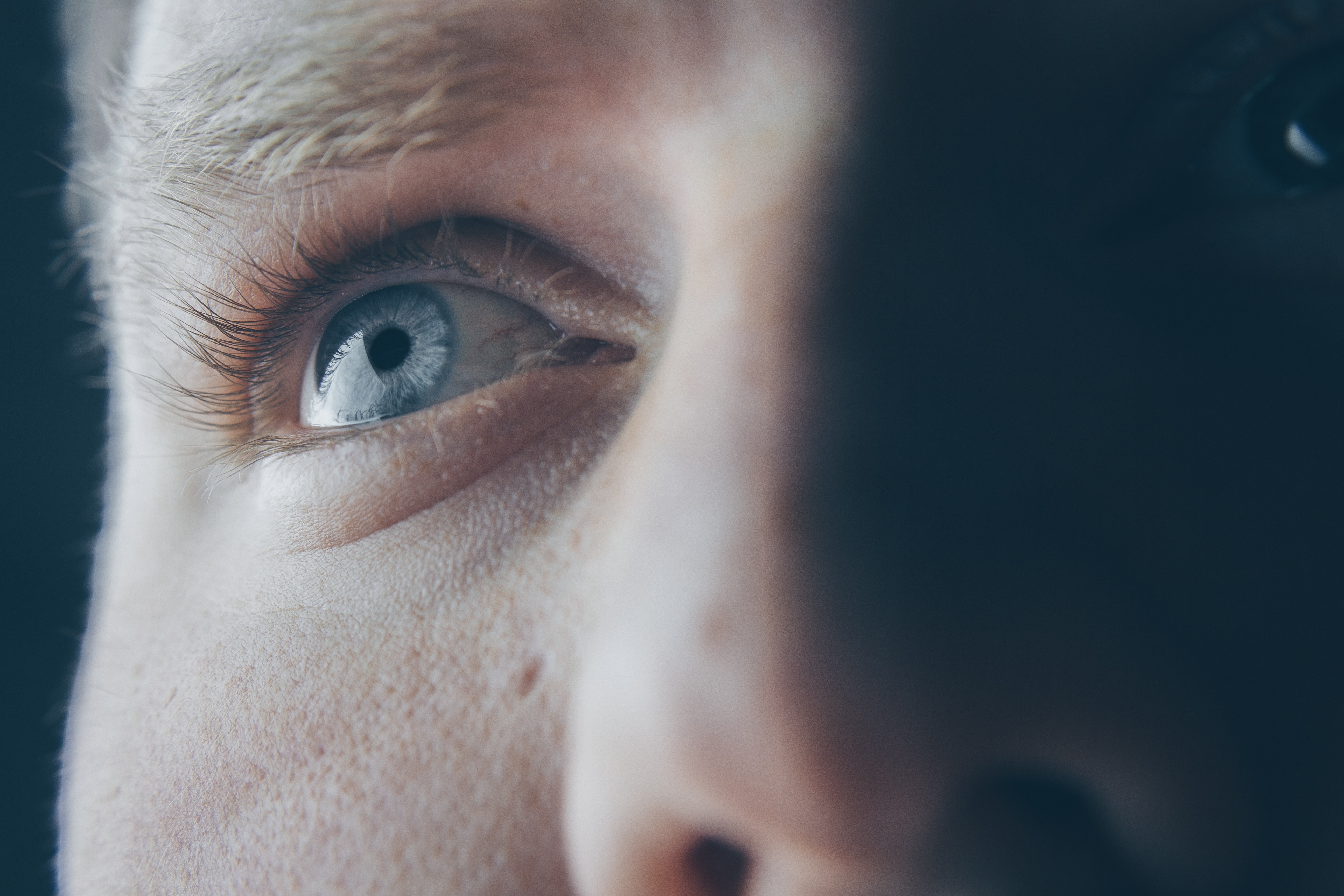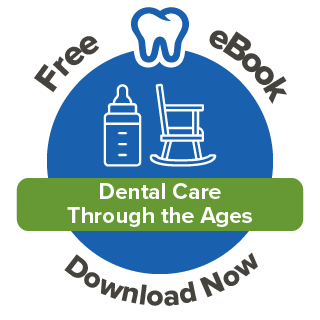By Andrew Hickey on Dec 21, 2022 @ 08:18 AM
December is Seasonal Affective Disorder (SAD) Awareness Month. This type of depression occurs during the winter months. Sleep issues are a common symptom one may experience with SAD among other health problems.
Key Takeaways:
- Seasonal affective disorder occurs during the winter months
- Symptoms include struggling with sleep, sluggishness, agitation, and low appetite
- SAD can lead to eye infection, heart and kidney disease, stroke, and obesity
- Simple changes to your lifestyle and home environment can be effective
Now we will look at how seasonal affective disorder can impact different areas of the body, like your eyes, and ways to improve your sleep during the winter months. You can use this information year-round to stay at your best.
SAD and Your Sleep
Seasonal affective disorder is also known as SAD, or seasonal depression. Some symptoms of SAD include struggling with sleep, feeling depressed, sluggish, agitated, low energy, drastic weight change, or low appetite. The sleep issues present with this condition can include oversleeping, or insomnia. Sleep deficiency has been linked to various health issues, such as heart disease, kidney disease, stroke, and obesity.
Beyond the drowsiness you might experience throughout the day, struggling to sleep also affects your health as a whole, such as dry, itchy eyes. If you can’t produce sufficient tears this can lead to eye infections. Anyone can experience sleep deprivation, but with SAD, it can make the sleep struggle even worse. So, taking the necessary steps to improve your health is important.
Make a Serene Sleep Space
To encourage healthy sleep, make sure your bedroom is optimized for quality rest. An easy change is to set your temperature in the mid-sixties as this temperature is best for sleep. You might consider installing a smart thermostat and setting it to a schedule. This will automatically regulate your home between nighttime and daytime temperatures. Additionally, you’ll want to install blackout curtains. These curtains will keep your room dark, which is ideal for sleep. Many blackout curtains also reduce energy costs by keeping hot or cold air out, depending on the season. Some also reduce noise, which can aid in your sleep if you live in a noisier area. Discussing noise, you might want to pick up a noise machine. There are many options with various sounds. Some even have lights that gently wake you up in the morning. These are also great sleep aids.
Is your mattress over 10 years old? It’s probably time to get a new one. If you find yourself waking up sore, or if there are visible signs of wear and tear that are damaging the mattress, it’s time to update. There are tons of mattress options available, such as spring, latex, gel, memory foam, and water mattresses. So, make sure you research and try out different beds before you make the investment. If you have a partner, you might discover an adjustable mattress is right for you. There are many innovative technologies in beds, where the softness and firmness are adjustable, or there is a movable base to let you rest on an incline. These do tend to be pricier but will help you sleep well for many years to come. Another big change you might want to consider is repainting your bedroom. While blue is the best color for sleep, yellow and silver are good choices as well.
If you’ve already got home renovation plans, it is the perfect opportunity to include your bedroom in your plans to optimize your sleep. When investing in more expensive purchases, such as a mattress or blackout curtains, the costs can certainly add up. You might want to consider applying for a home equity line of credit (HELOC) for any home improvements you do. This loan uses the equity of your home, and you can disperse the funds as needed. A HELOC can make it financially easier if you plan to do your home projects over a period of time. Buying high-quality upgrades, especially in your sleeping space, are so important to your health, so you won’t want money to be a factor.
Live to Encourage Healthy Sleep
Finally, be sure you are making healthy lifestyle choices during the day to support your sleep. Your first step should be establishing a sleep schedule that allows for 8 hours of sleep, and to stick with it. Consistency is key to getting your body into an effective sleep routine. In your day-to-day life, you’ll want to include a bit of exercise. Whether you go to the gym, or take a walk, expending extra energy will help your body sleep. Just make sure to not workout too close to bedtime, as your body may have a hard time settling down to rest. For similar reasons, if you need to nap, make sure it is early in the day.
There are aspects of your lifestyle you will want to avoid for healthy sleep. You’ll want to stay away from stimulants and other substances, including alcohol, nicotine, or caffeine. Having any of these before bed can disrupt your sleep patterns. You should be eating healthy foods to benefit your entire health. But you will want to avoid eating right before bedtime or eating too much. The discomfort can make it hard to sleep, and cause digestion problems. If possible, you’ll want to stay away from stress in your life. This may seem impossible, so learning some stress management techniques to sleep better may be a good step. Controlled breathing or writing your worries in a book to address the next day, can help reduce stress.
Taking care of both your physical and mental health when living with Seasonal Affective Disorder is important. Don’t forget to give yourself grace when living during this difficult season, and don’t be afraid to ask for help.
Want to have Solstice benefits?
Call our sales team at 877.760.2247 or email Sales@SolsticeBenefits.com
Already have Solstice benefits?
See your plan details by going to https://www.mysmile365.com/ or calling us at 1.877.760.2247.





comments